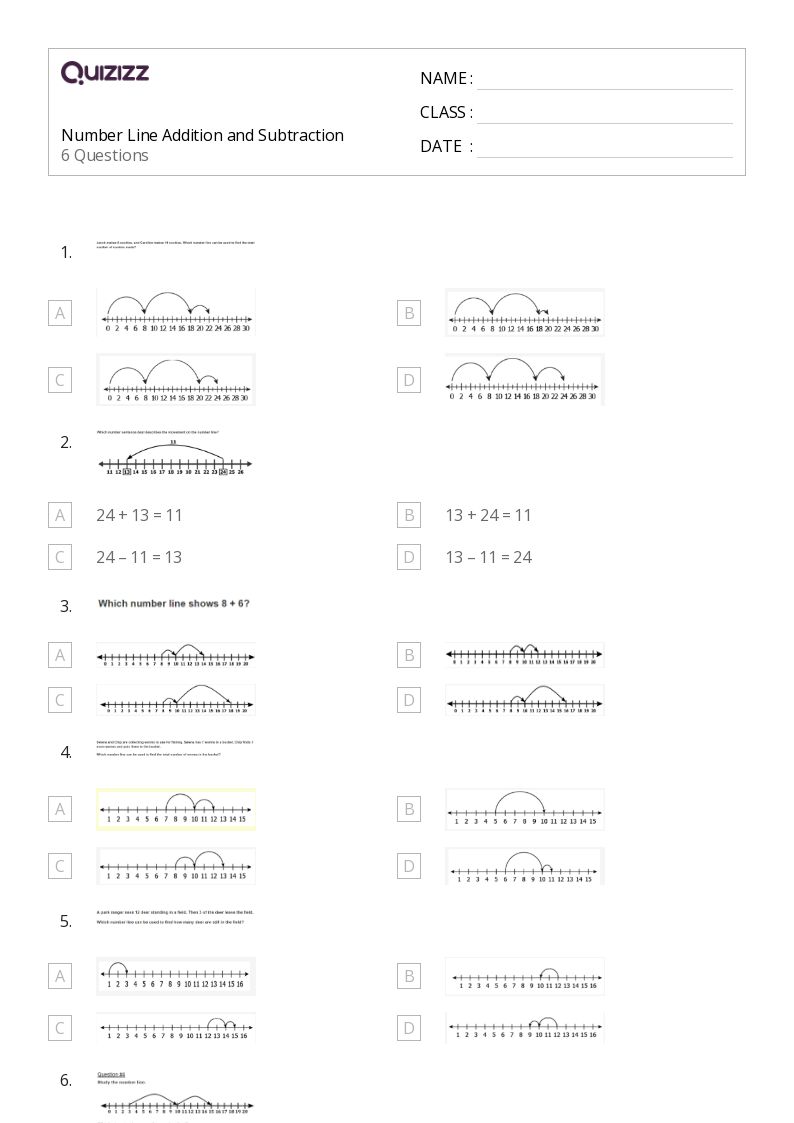Sellers Discretionary Earnings Worksheet
Sellers Discretionary Earnings Worksheet - What are seller's discretionary earnings? How does sde differ from ebitda? We’ll try to demonstrate a seller’s presentation of sde along with how and. Use the calculator below to calculate your company’s sde. Calculate sde and value your business with these steps. This article describes how this metric is calculated, how it works, and its importance in small business acquisitions. Learn how seller’s discretionary earnings (sde) impact business valuation, its calculation, and its role in mergers and acquisitions.
These are calculations used to determine the value of a business. Knowing what seller’s discretionary earnings are, how and when the metric is used, and how the metric compares to other similar options can help you better understand the business valuation that you receive. Seller’s discretionary earnings (sde) measures the earnings of a business for sale during m&a. Our post explains sde, how to calculate it and provides a free example.
Seller's discretionary earnings (sde) is a metric used commonly by business buyers and sellers to determine the market price of a small business. A seller's discretionary earnings (sde) worksheet let’s look at an extreme example of a sde worksheet for a seller where a lot of normalizing adjustments are required. What are seller's discretionary earnings? Normalized seller's discretionary earnings worksheet enter business name & address above 20 20 20 ytd20 sales $0 $0 $0 less cost of sales $0 $0 $0 less. Our post explains sde, how to calculate it and provides a free example. This article describes how this metric is calculated, how it works, and its importance in small business acquisitions.
Seller's Discretionary Earnings Worksheets
What we will cover in this article: Seller’s discretionary earnings (sde) measures the earnings of a business for sale during m&a. Sde stands for seller’s discretionary earnings, while ebitda means earnings before interest, taxes, depreciation, and amortization. Learn how seller’s discretionary earnings (sde) impact business valuation, its calculation, and its role in mergers and acquisitions. Knowing what seller’s discretionary earnings are, how and when the metric is used, and how the metric compares to other similar options can help you better understand the business valuation that you receive.
What we will cover in this article: Seller’s discretionary earnings is an important metric when valuing a business. Learn how seller’s discretionary earnings (sde) impact business valuation, its calculation, and its role in mergers and acquisitions. Seller's discretionary earnings (sde) worksheet is a financial document used in business valuation to determine the profitability and earnings potential of a small business.
Use The Calculator Below To Calculate Your Company’s Sde.
Our sde calculator simplifies the process of calculating the seller's discretionary earnings by allowing you to input the business's financials, including revenue and expenses. These are calculations used to determine the value of a business. Learn about seller's discretionary earnings (sde) and its importance in financial modeling and investment banking. Understanding how to calculate sde is crucial for business owners, potential buyers, and financial analysts.
Why Is Seller's Discretionary Earnings Important?
Sde stands for seller’s discretionary earnings, while ebitda means earnings before interest, taxes, depreciation, and amortization. Calculate sde and value your business with these steps. Normalized seller's discretionary earnings worksheet enter business name & address above 20 20 20 ytd20 sales $0 $0 $0 less cost of sales $0 $0 $0 less. Knowing what seller’s discretionary earnings are, how and when the metric is used, and how the metric compares to other similar options can help you better understand the business valuation that you receive.
Sde Measures The Potential Revenue Of A Business.
This article describes how this metric is calculated, how it works, and its importance in small business acquisitions. Seller’s discretionary earnings is an important metric when valuing a business. We’ll try to demonstrate a seller’s presentation of sde along with how and. Our post explains sde, how to calculate it and provides a free example.
A Seller's Discretionary Earnings (Sde) Worksheet Let’s Look At An Extreme Example Of A Sde Worksheet For A Seller Where A Lot Of Normalizing Adjustments Are Required.
Seller’s discretionary earnings (sde) measures the earnings of a business for sale during m&a. Seller's discretionary earnings (sde) is a metric used commonly by business buyers and sellers to determine the market price of a small business. What we will cover in this article: Think of a seller’s discretionary earnings as a rule of thumb — it’s an approximate measure of adjusted cash flow in your business that would be potentially available to a prospective buyer.
A seller's discretionary earnings (sde) worksheet let’s look at an extreme example of a sde worksheet for a seller where a lot of normalizing adjustments are required. Sde stands for seller’s discretionary earnings, while ebitda means earnings before interest, taxes, depreciation, and amortization. Definition of seller's discretionary earnings. Normalized seller's discretionary earnings worksheet enter business name & address above 20 20 20 ytd20 sales $0 $0 $0 less cost of sales $0 $0 $0 less. Knowing what seller’s discretionary earnings are, how and when the metric is used, and how the metric compares to other similar options can help you better understand the business valuation that you receive.






